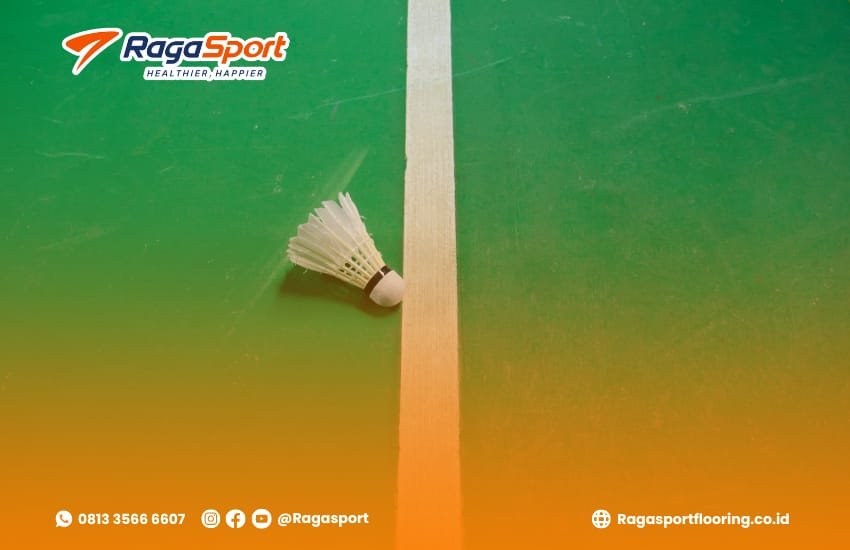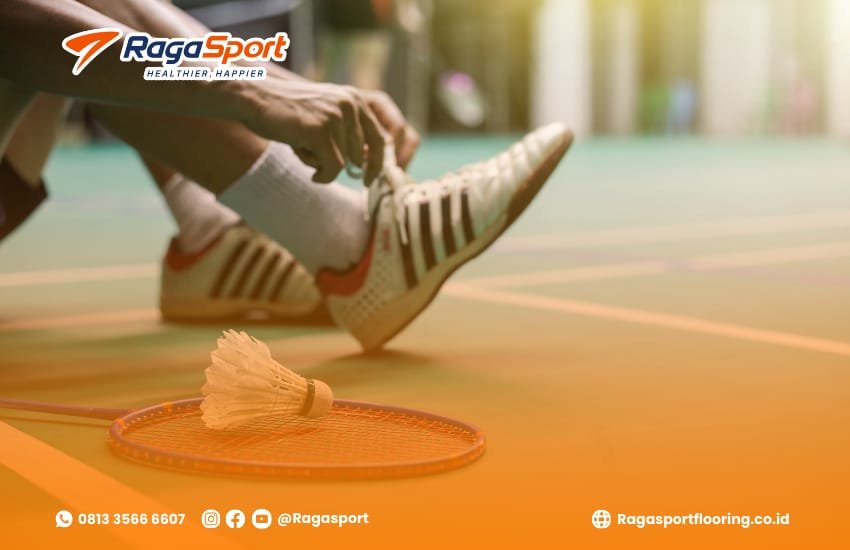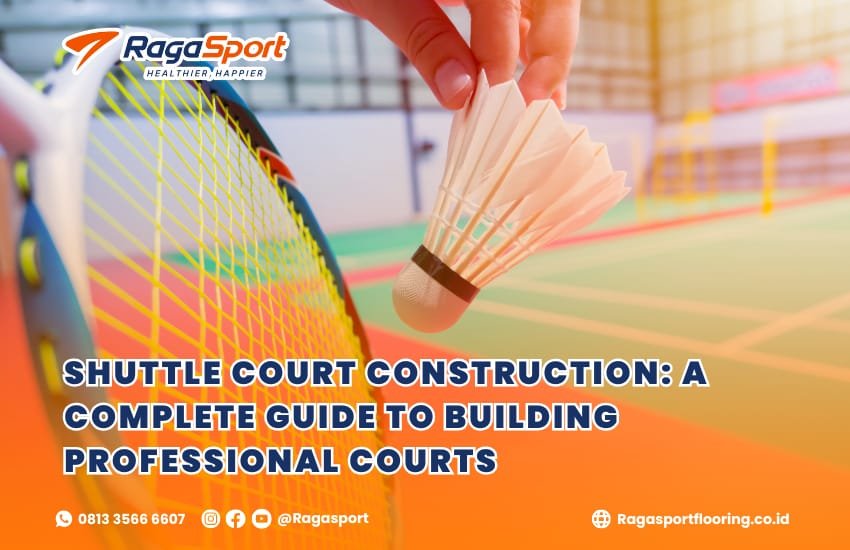Shuttle court construction is a process that requires precision, proper planning, and the right selection of materials. Whether for recreational use, school facilities, or professional tournaments, a well-built shuttle court can enhance performance and ensure player safety. In this article, we will explore the key aspects of constructing a shuttle court, including design considerations, flooring types, lighting systems, and long-term maintenance.
Table of Contents
Importance of a Well-Constructed Shuttle Court
The quality of a shuttle court directly impacts the playing experience. A professional-grade court provides:
- Consistent Bounce: Proper flooring ensures smooth shuttle movement.
- Safety and Comfort: Reduces the risk of injuries with shock-absorbent surfaces.
- Durability: Withstands intensive training and competitive matches.
- Aesthetics: Creates a professional and appealing environment.
Investing in quality shuttle court construction is essential for schools, clubs, sports complexes, and private owners who want long-lasting value.
Key Considerations in Shuttle Court Construction

1. Site Selection and Space Requirements
Before starting construction, the chosen site must be evaluated for dimensions and environmental conditions. According to Badminton World Federation (BWF) standards, a standard shuttle court requires:
- Length: 13.4 meters
- Width: 6.1 meters (doubles) and 5.18 meters (singles)
- Height Clearance: At least 9 meters free from obstructions
Adequate ventilation and accessibility are also crucial to ensure a comfortable playing environment.
2. Flooring Options for Shuttle Courts
Flooring is the most critical element in shuttle court construction. The choice of material affects durability, comfort, and performance. Common options include:
- Wooden Flooring: Preferred for professional indoor courts, offering excellent shock absorption and traction.
- PVC or Synthetic Flooring: Cost-effective, easy to maintain, and ideal for multi-purpose halls.
- Concrete Base with Synthetic Overlay: Ensures stability and resilience, widely used in sports complexes.
Each flooring type should comply with international badminton standards for optimal results.
3. Lighting Setup
Proper lighting enhances visibility and minimizes shadows during gameplay. Shuttle court construction requires:
- Uniform Brightness: Around 300–500 lux for recreational courts, 500–750 lux for professional use.
- Non-Glare Fixtures: Prevents eye strain for players.
- Energy-Efficient Solutions: LED lighting is recommended for cost savings and consistent illumination.
4. Markings and Court Layout
Accurate court markings are essential for official matches. Standard shuttle court markings should include:
- Singles and Doubles Boundaries
- Service Lines
- Center Line
- Back Boundary Lines
High-quality paint with anti-skid properties should be used to prevent slipping.
5. Wall and Ceiling Considerations
For indoor shuttle courts, walls should be painted in matte, non-reflective colors to reduce distractions. Ceiling height should remain clear of any hanging fixtures to avoid interference with shuttle movement.
6. Additional Facilities
A complete shuttle court construction plan often includes:
- Seating Arrangements: For spectators and players.
- Changing Rooms and Washrooms: To support user convenience.
- Storage Areas: For equipment like nets, rackets, and shuttles.
These add-ons enhance the functionality and appeal of the sports facility.
Steps in Shuttle Court Construction
- Planning & Design: Creating layouts according to international standards.
- Site Preparation: Leveling the ground and constructing the base.
- Flooring Installation: Selecting and laying the chosen surface material.
- Lighting and Electrical Setup: Installing lights for proper visibility.
- Marking the Court: Drawing accurate lines and boundaries.
- Final Inspection: Ensuring compliance with safety and performance standards.
Maintenance of Shuttle Courts
Even after construction, regular maintenance is crucial to ensure long-term usability. Recommended practices include:
- Frequent Cleaning: Keeps the surface free from dust and debris.
- Inspection of Flooring: Identifying wear and tear early.
- Lighting Maintenance: Replacing bulbs or fixtures promptly.
- Repainting Court Lines: To maintain visibility and accuracy.
Why Choose Professional Shuttle Court Builders

Constructing a shuttle court requires technical knowledge and industry experience. Professional builders offer:
- Compliance with BWF standards
- Quality materials and advanced technology
- Faster project completion
- Long-term warranty and after-sales support
By working with experts, clients ensure the court meets international standards and delivers a premium playing experience.
Conclusion
Shuttle court construction is more than just laying down a surface; it is about creating a safe, durable, and high-performance environment for players. From flooring selection to lighting and maintenance, every detail contributes to the overall quality of the court.
If you are planning to build a shuttle court for professional, recreational, or institutional purposes, partnering with an experienced construction service provider is the best choice.
Looking for expert shuttle court construction services?

Partner with specialists who deliver world-class quality and durability.
👉 Explore our construction services here
📞 Contact us directly via WhatsApp for consultations and project inquiries.

